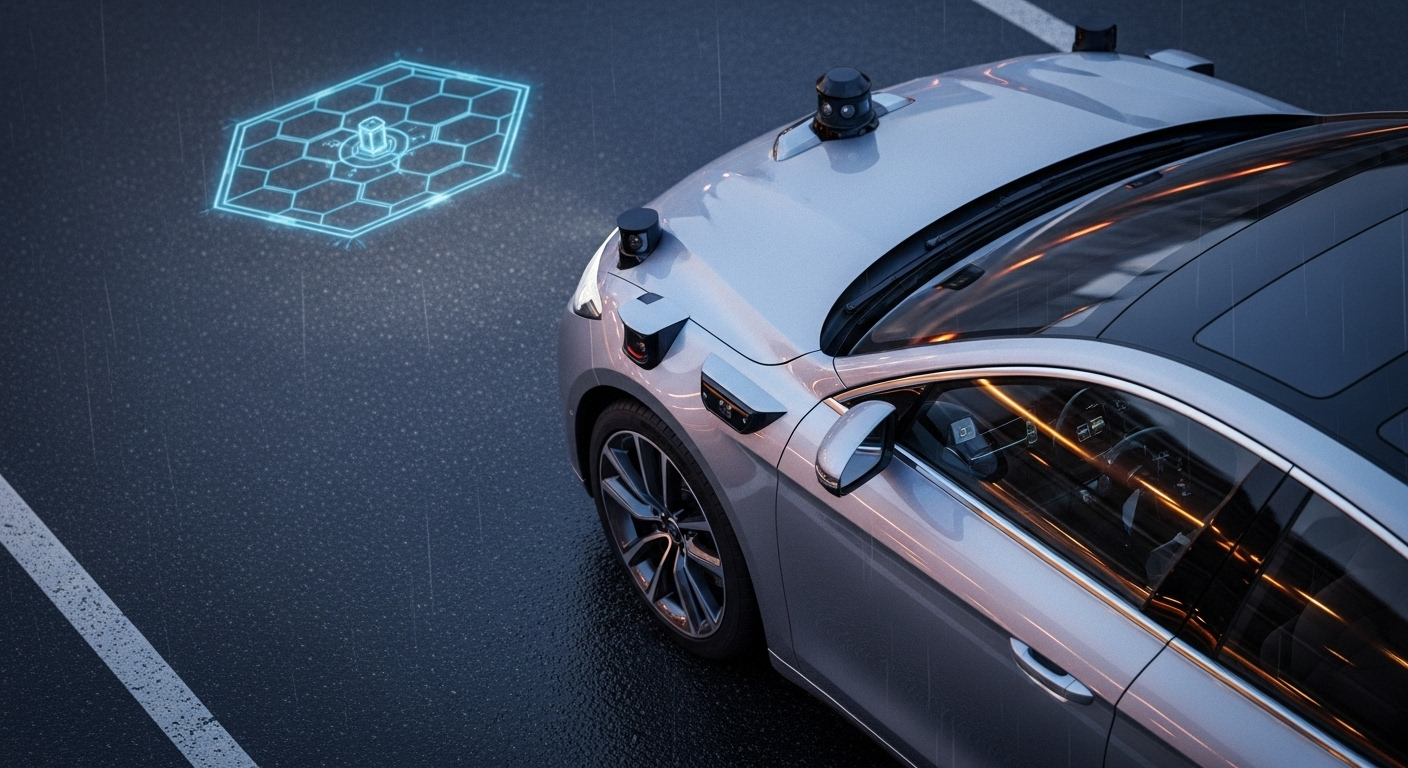Advancements in Automotive Safety: A Look into Collision Avoidance Systems
From the advent of the seatbelt to the development of airbags, the automotive industry has always been at the forefront of safety technology. One of the latest innovations revolutionizing vehicle safety is the Collision Avoidance System (CAS). This technology utilizes sensors and algorithms to detect potential hazards and prevent accidents, dramatically enhancing on-road safety.

The Genesis of Collision Avoidance Systems
The concept of Collision Avoidance Systems is not entirely new. The rudimentary forms of this technology emerged in the early 1990s with the introduction of the anti-lock braking system (ABS). This system was designed to prevent the wheels from locking up during braking, thus maintaining the driver’s control over the vehicle. However, the ABS was a reactive system, only engaging when the driver applied the brakes.
In contrast, today’s Collision Avoidance Systems are primarily proactive, designed to intervene before an accident occurs. The first step towards proactive systems was taken in the late 1990s with the introduction of Electronic Stability Control (ESC). This system could detect the loss of steering control and automatically apply the brakes to help “steer” the vehicle.
The Mechanism Behind Collision Avoidance Systems
Modern Collision Avoidance Systems are a marvel of engineering, combining cutting-edge sensor technology with complex algorithms. These systems rely on a variety of sensors, including radar, LIDAR, and cameras, to continuously monitor the vehicle’s surroundings.
These data are then processed by advanced algorithms that determine if a collision is imminent. If a potential collision is detected, the system takes proactive measures to prevent it. These measures can range from alerting the driver with visual or audible warnings to automatically applying the brakes or changing the vehicle’s trajectory.
The Impact of Collision Avoidance Systems on the Automotive Industry
The introduction of Collision Avoidance Systems has had a profound impact on the automotive industry. These systems have not only made vehicles safer but have also influenced how vehicles are designed and manufactured.
For instance, the need to accommodate various sensors has led to changes in vehicle design. Similarly, the requirement for high processing power has driven the development of advanced automotive processors. Furthermore, these systems have also led to a significant increase in software’s role in vehicles, leading to a convergence of the automotive and software industries.
The Future of Collision Avoidance Systems
As we look to the future, Collision Avoidance Systems are set to become even more sophisticated. Advances in machine learning and artificial intelligence are expected to enhance these systems’ decision-making capabilities. Moreover, with the development of Vehicle-to-Everything (V2X) communication, Collision Avoidance Systems will be able to communicate with other vehicles and infrastructure, further enhancing their ability to prevent accidents.
Conclusion
In conclusion, Collision Avoidance Systems represent a significant leap forward in automotive safety. By leveraging advanced sensor technology and complex algorithms, these systems can proactively prevent accidents, making our roads safer. While these systems are already quite advanced, the future promises even greater sophistication and effectiveness, underscoring the automotive industry’s commitment to safety.





